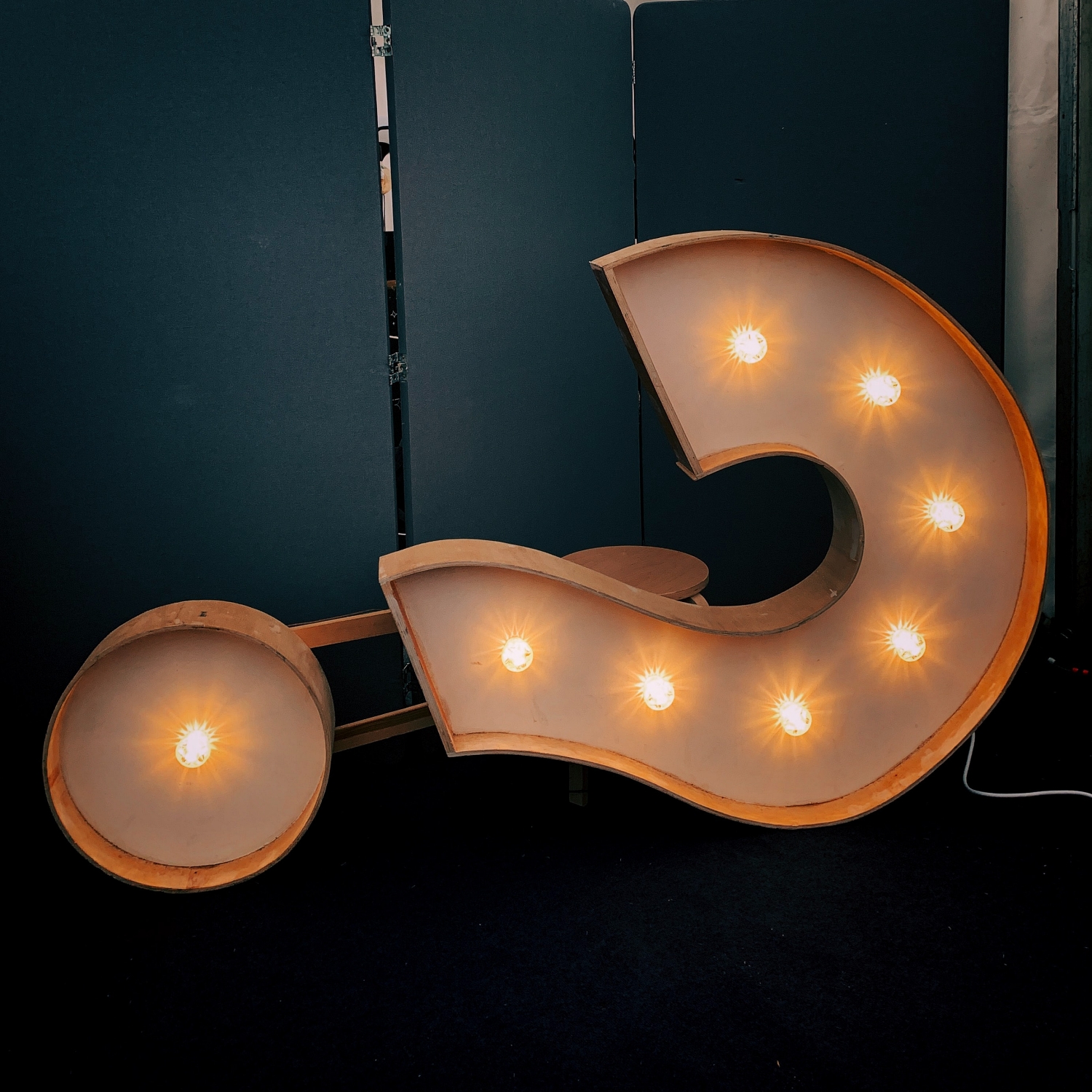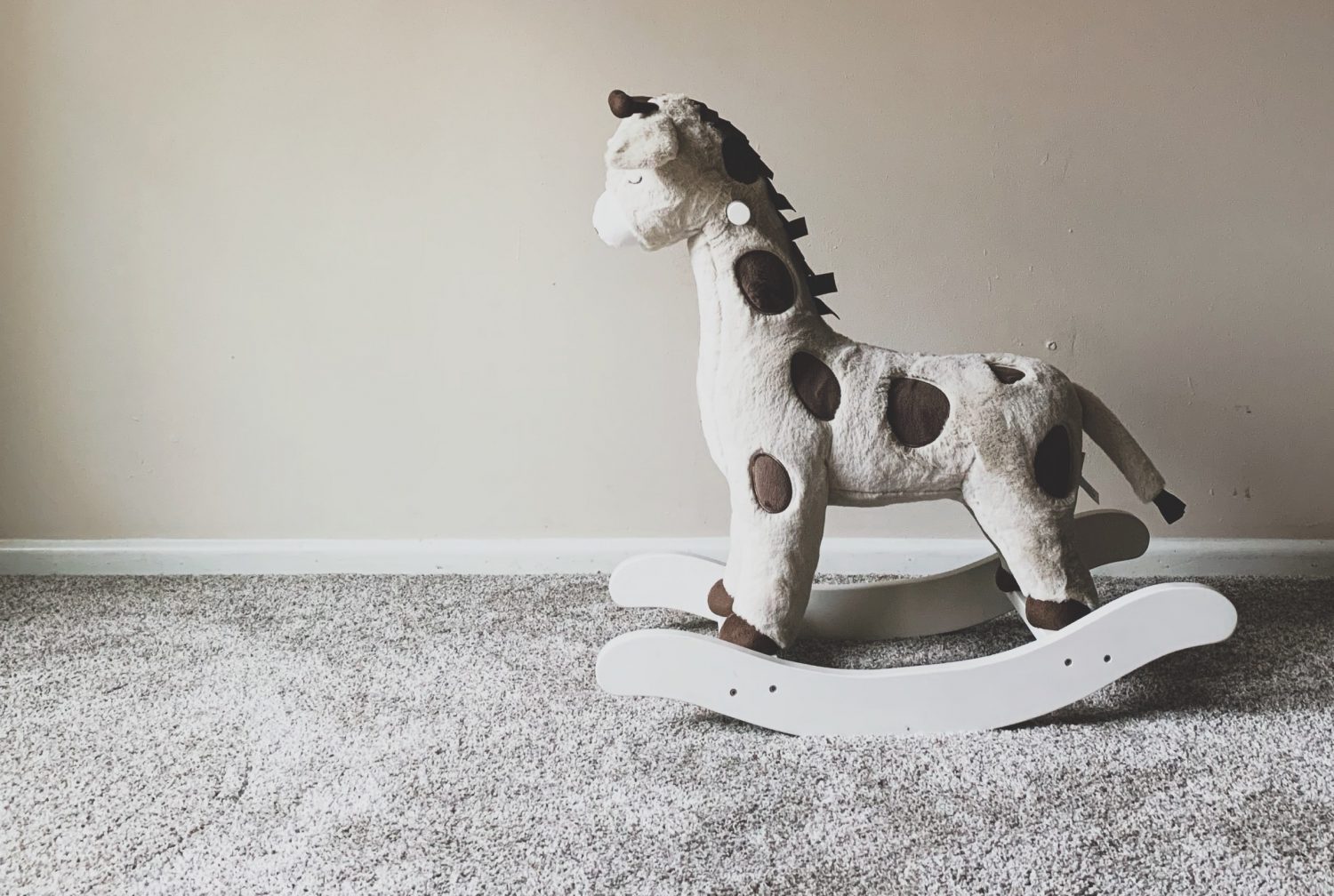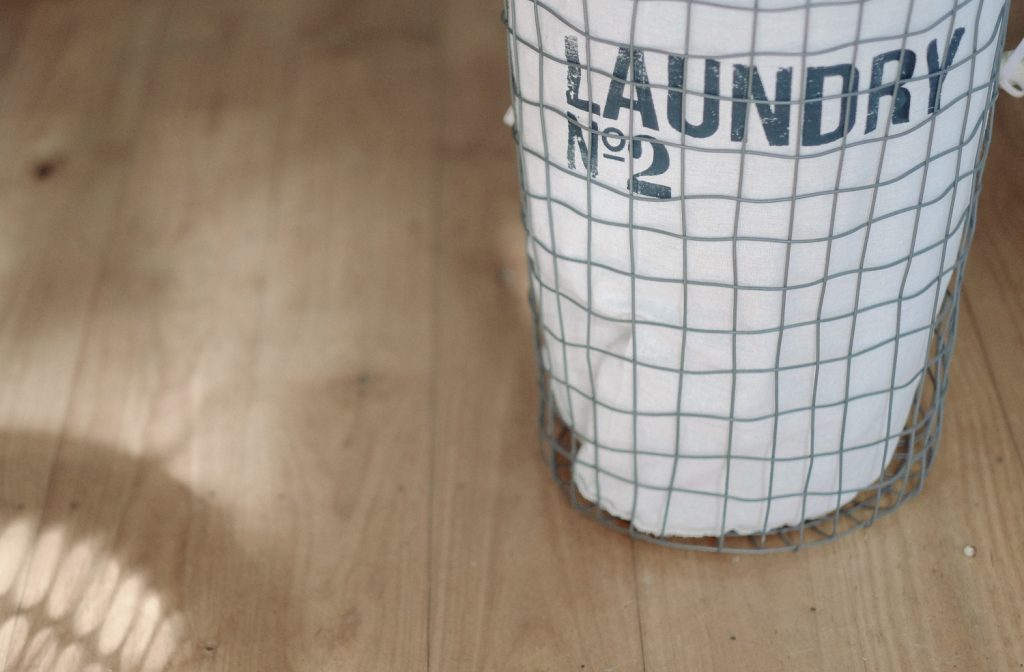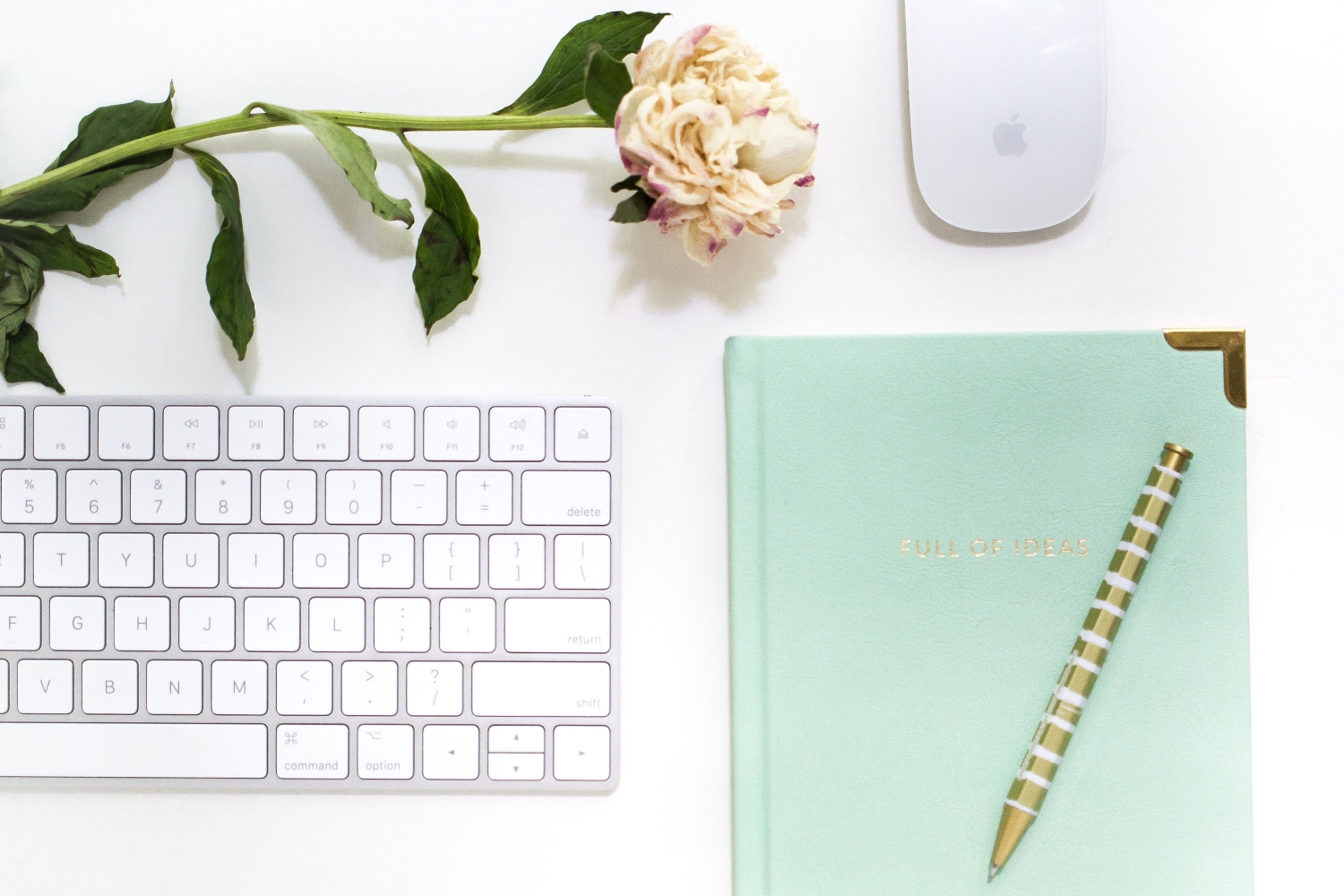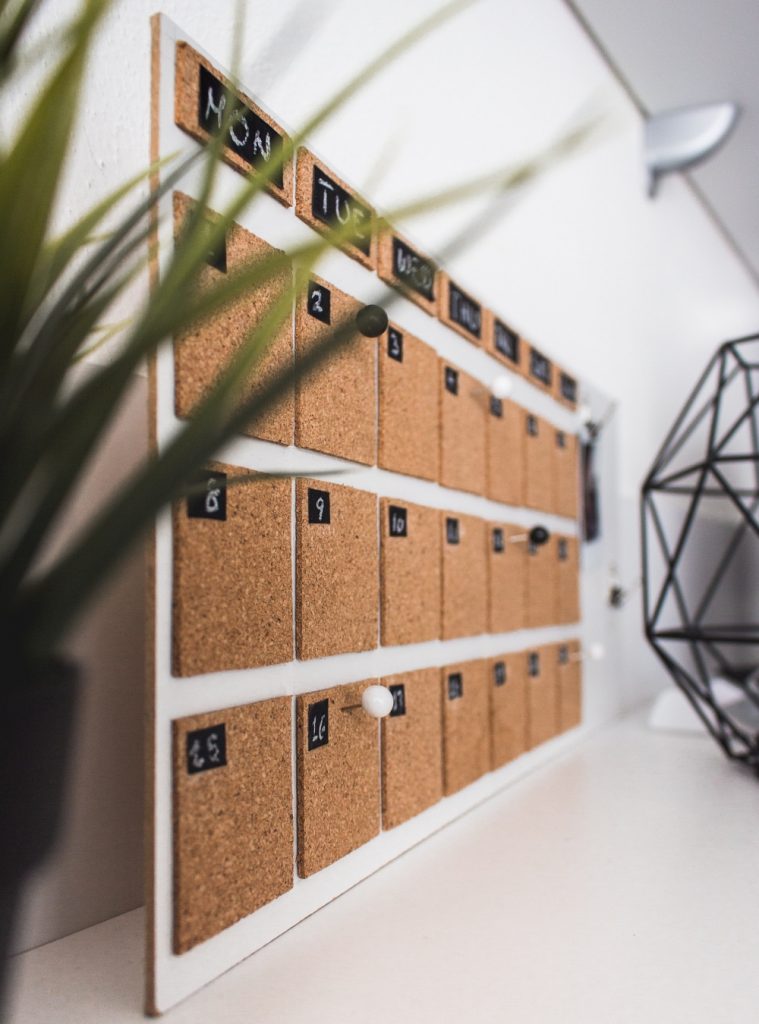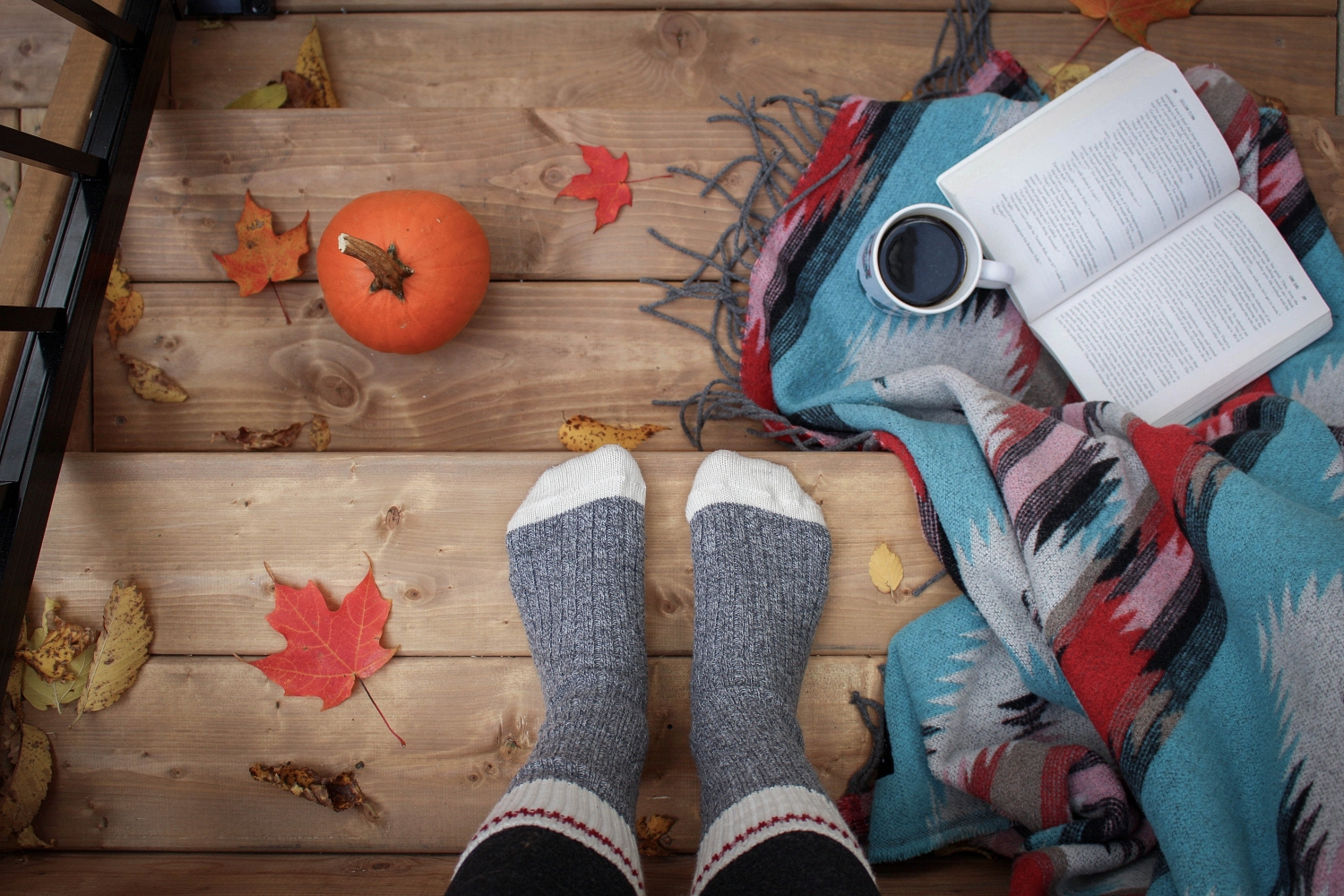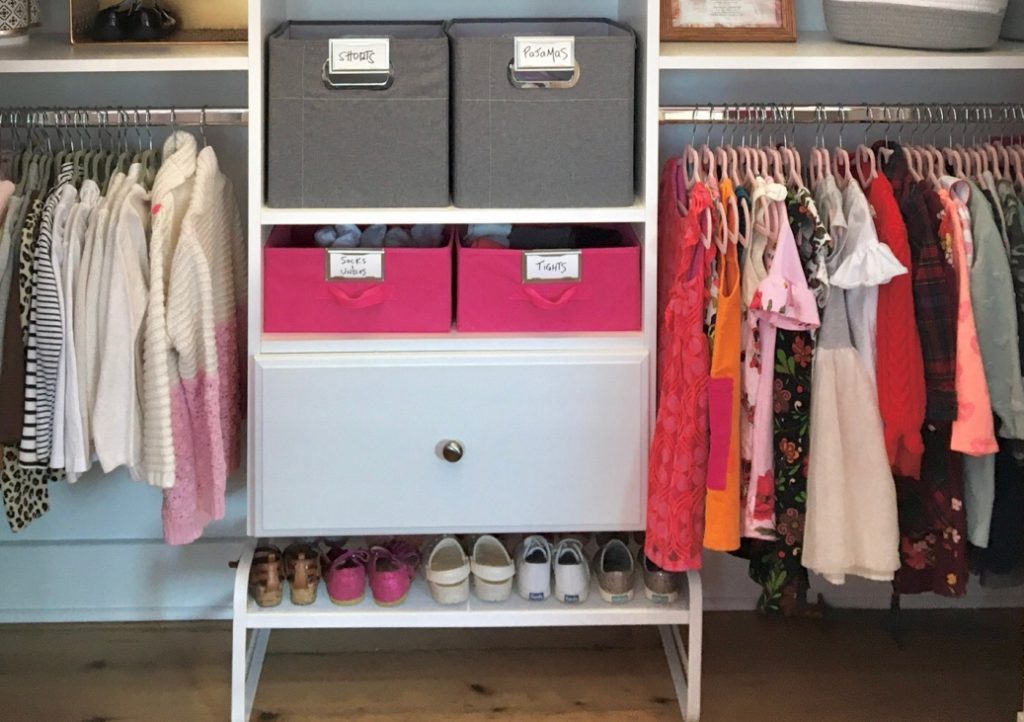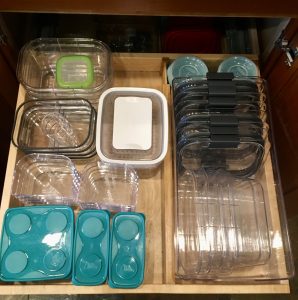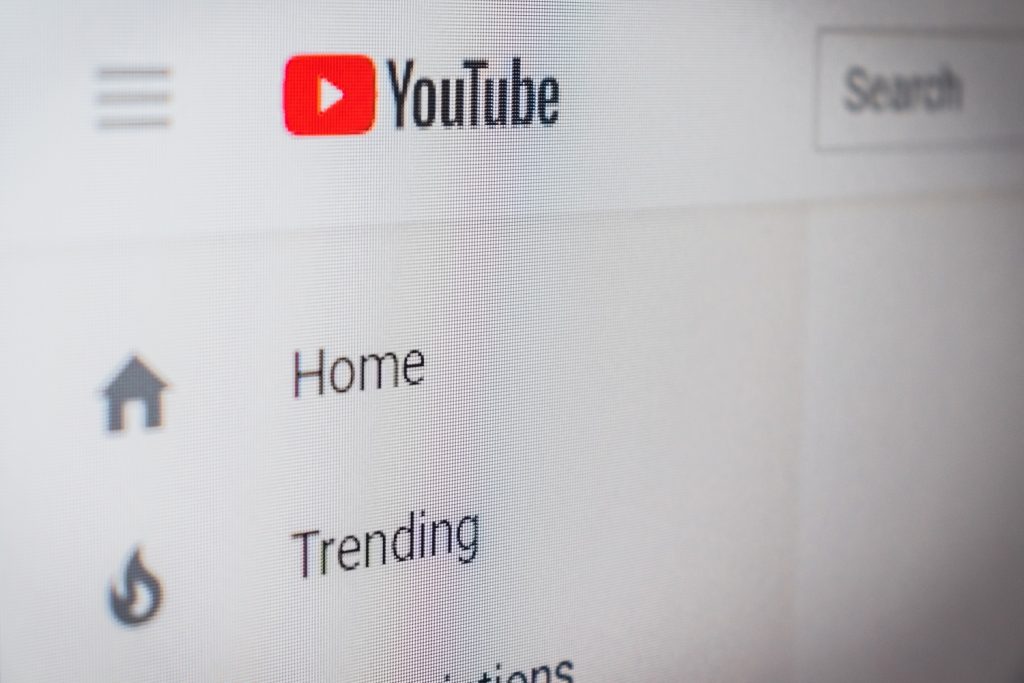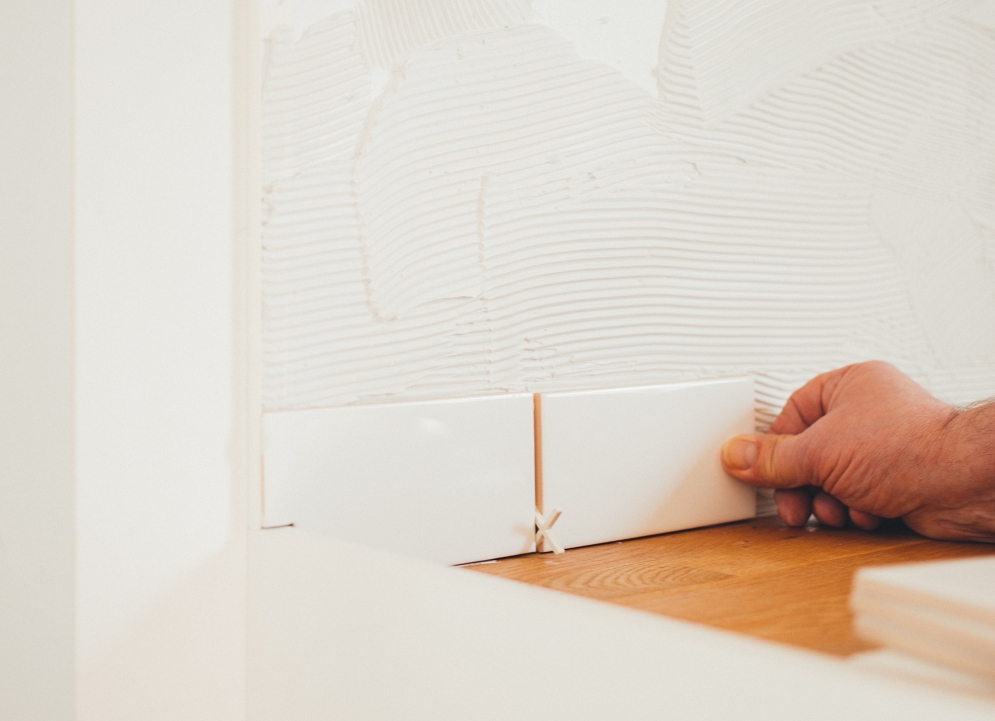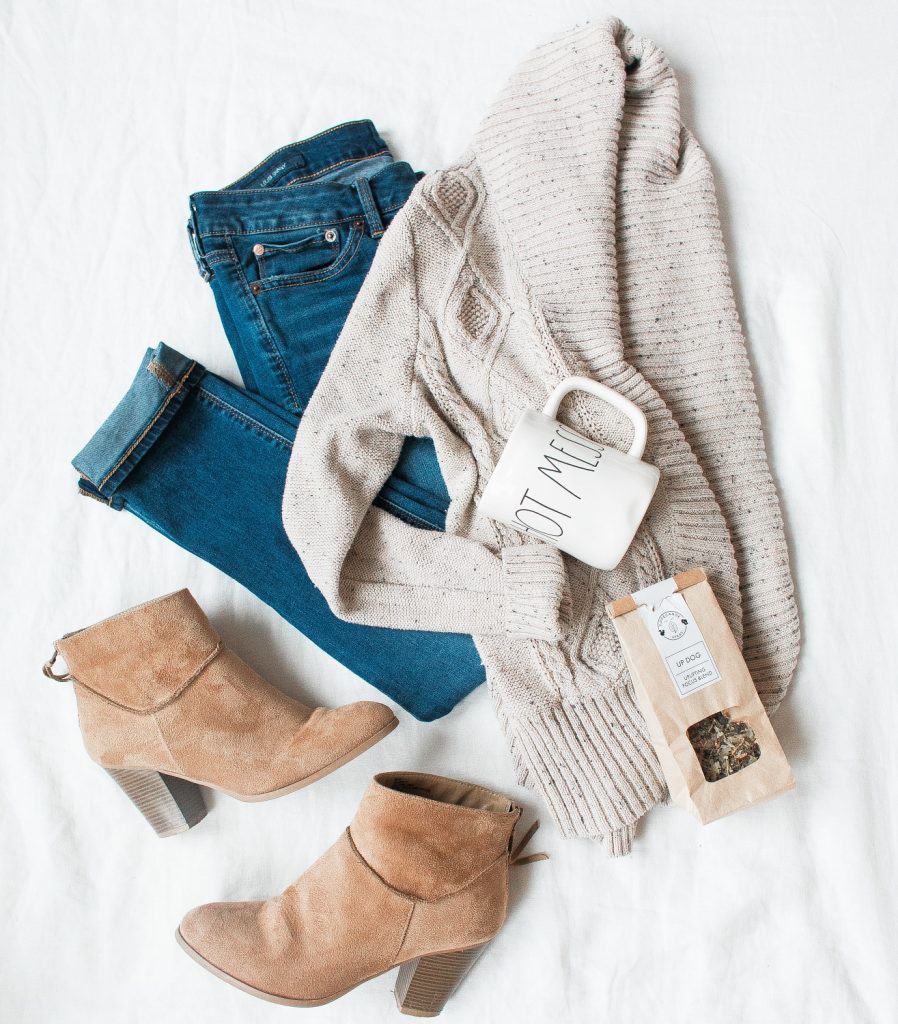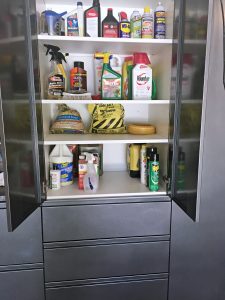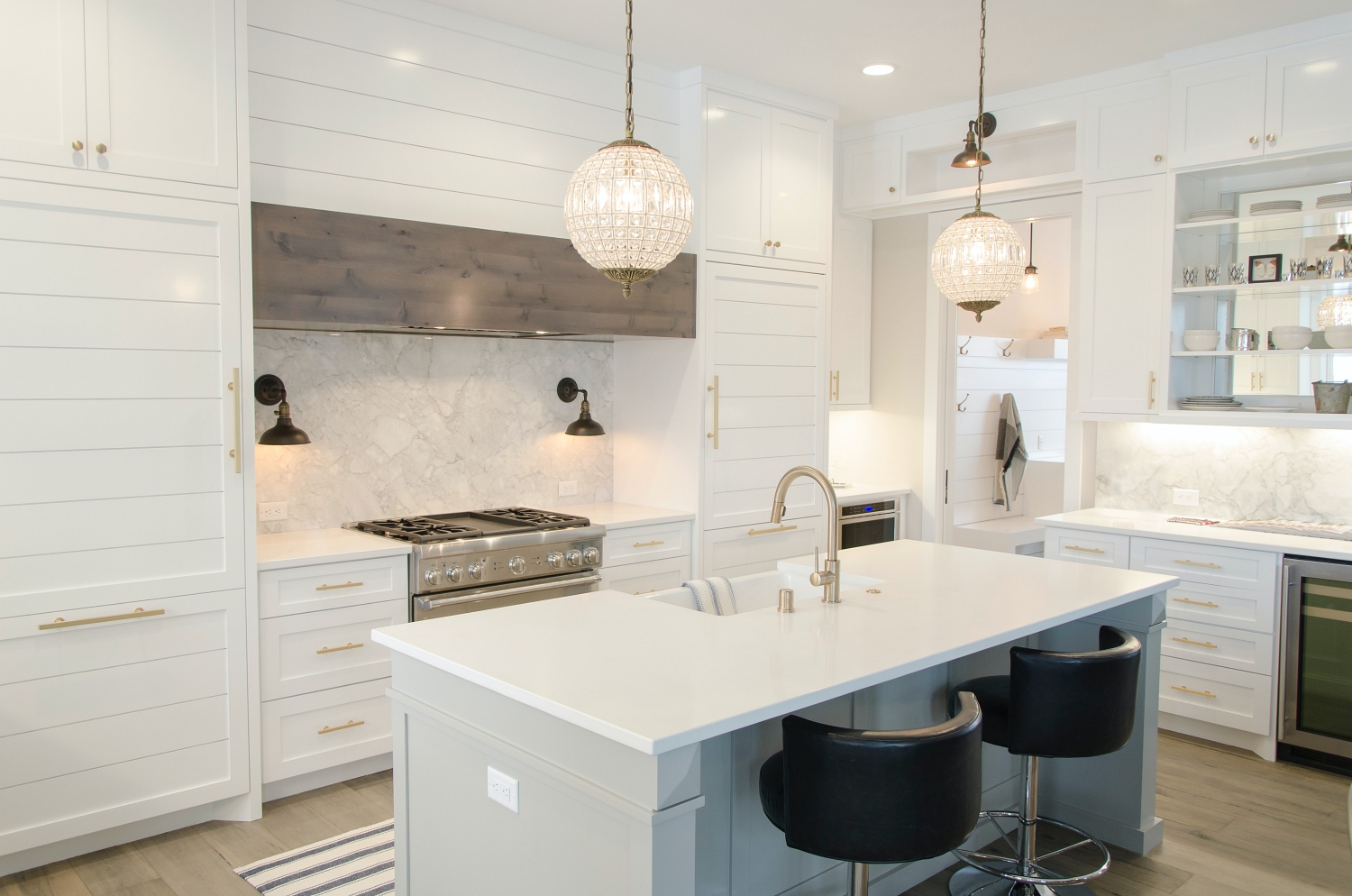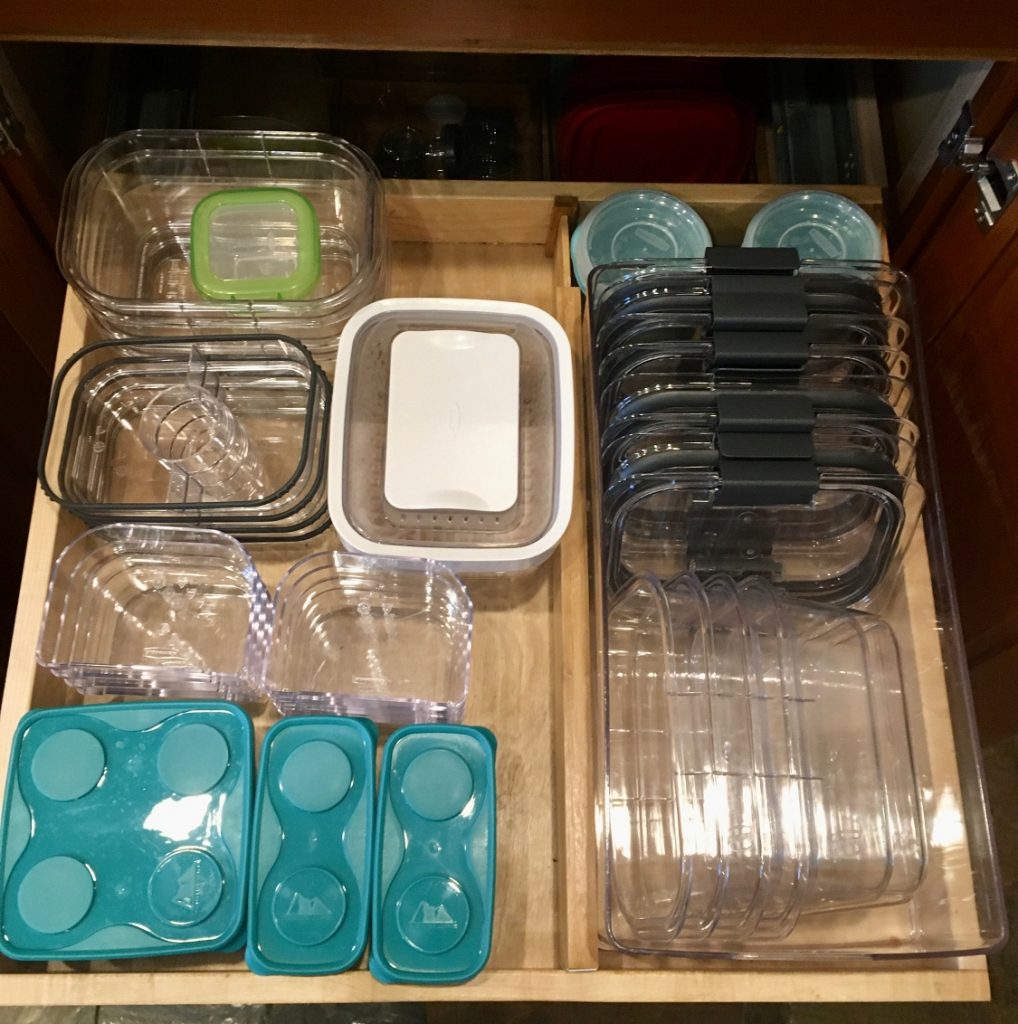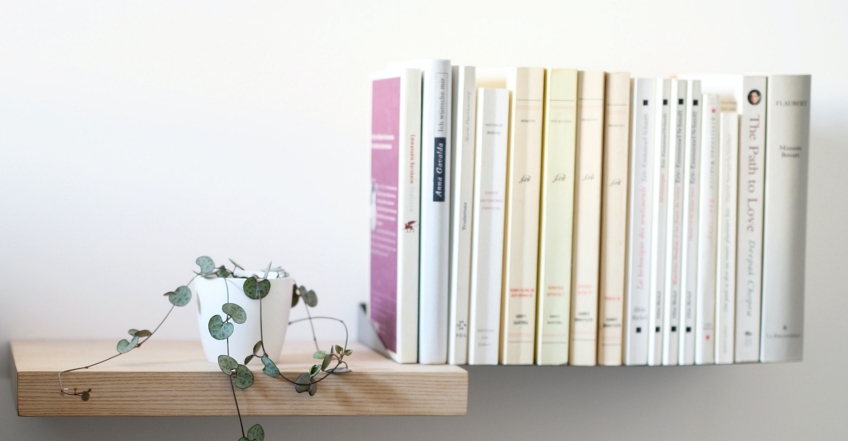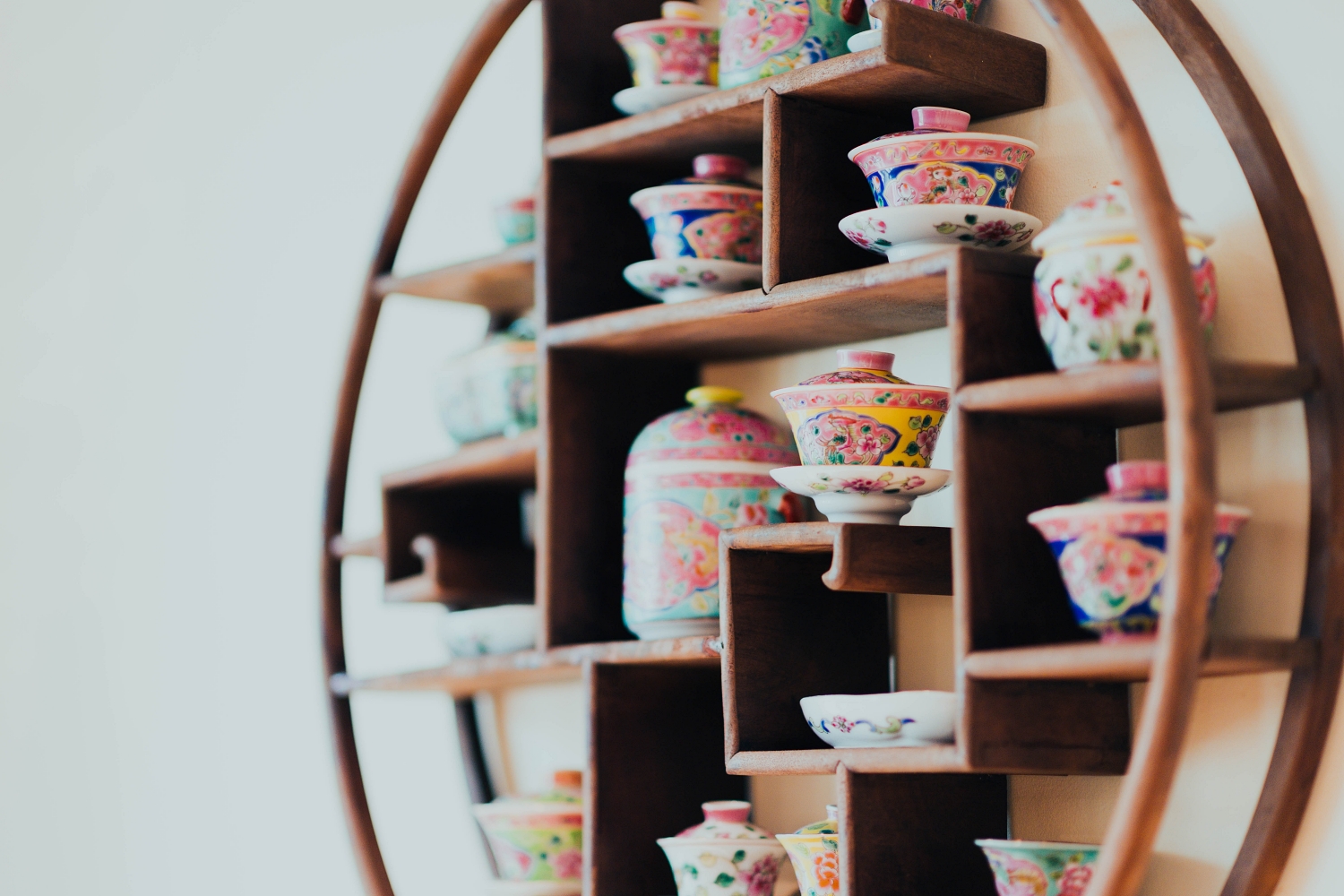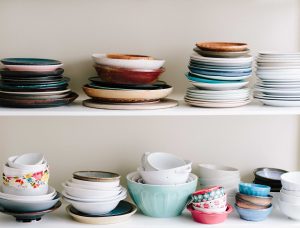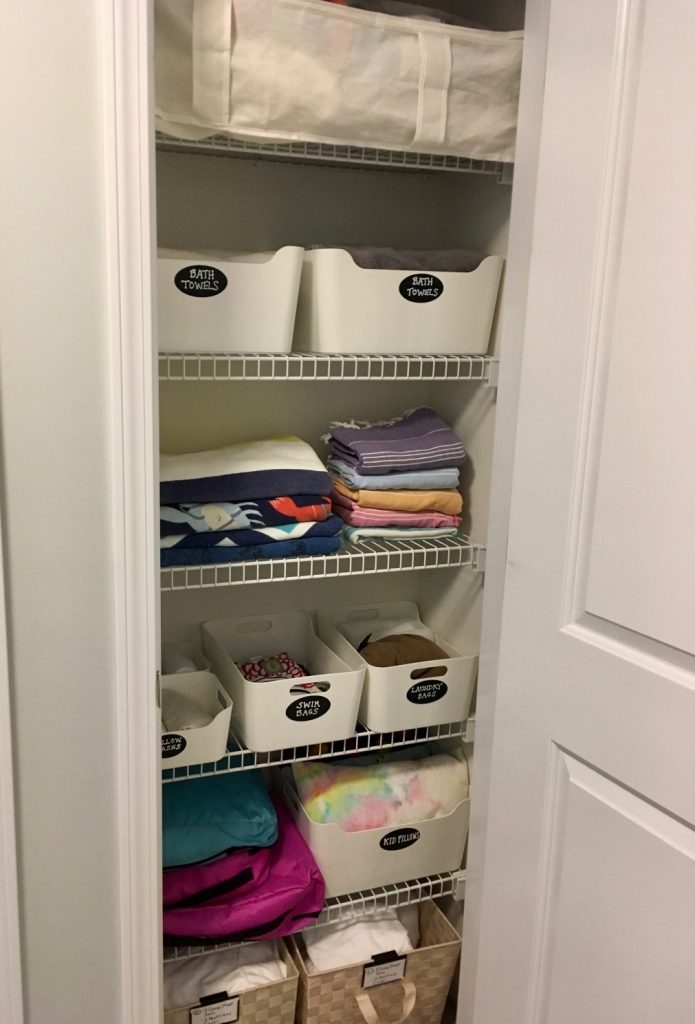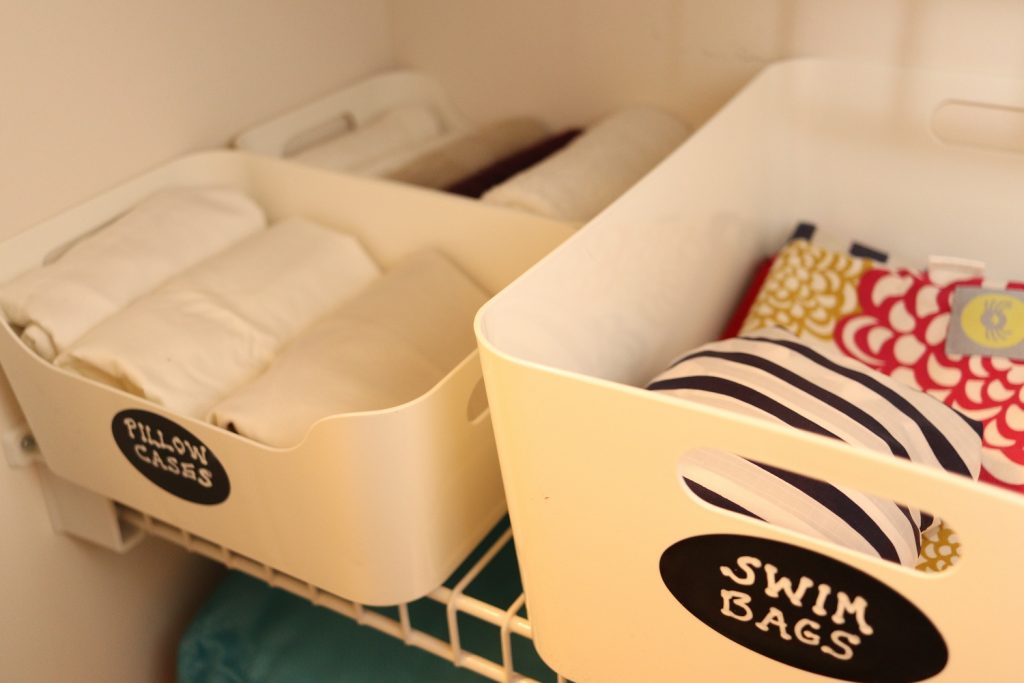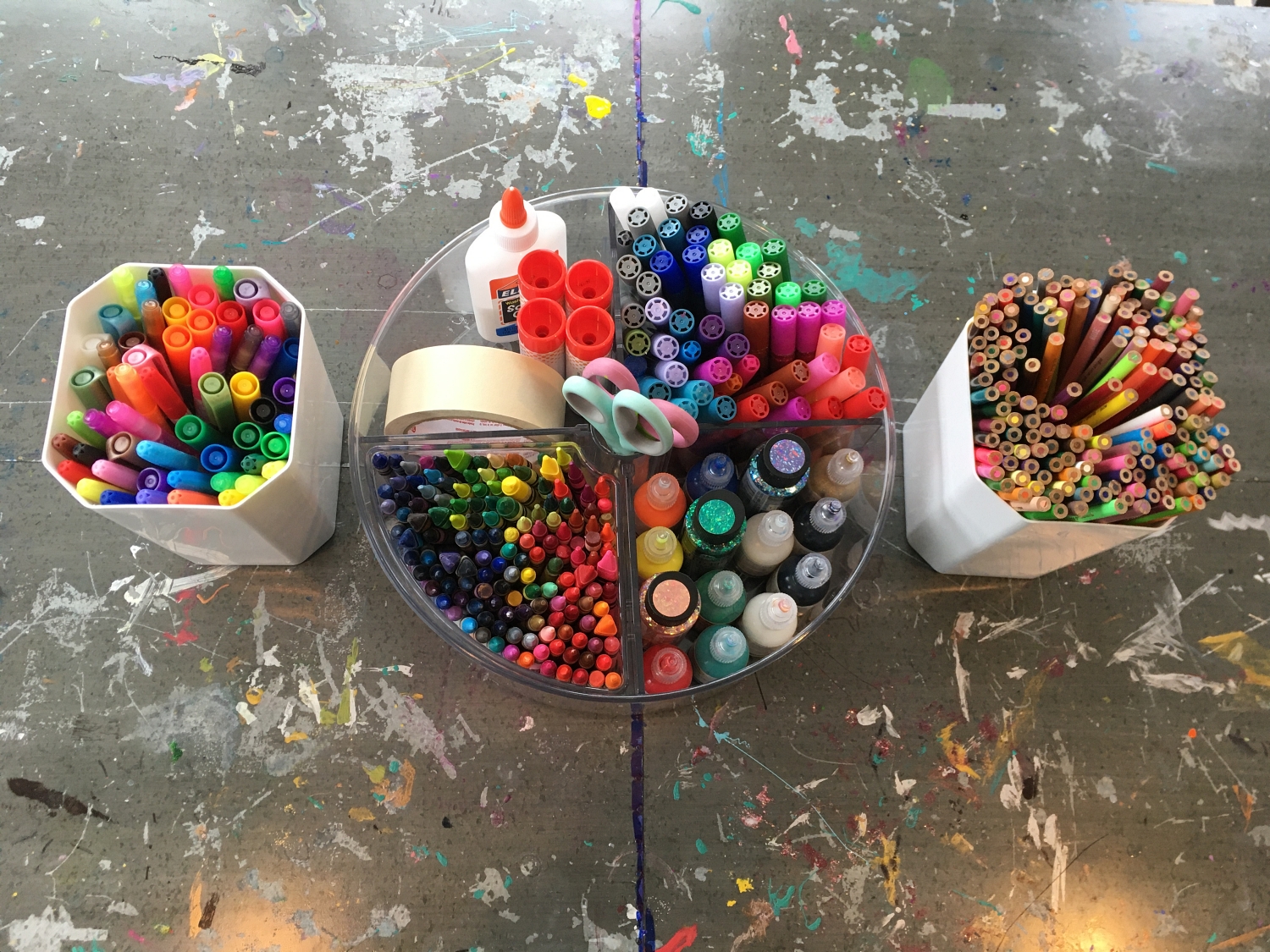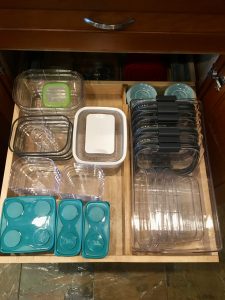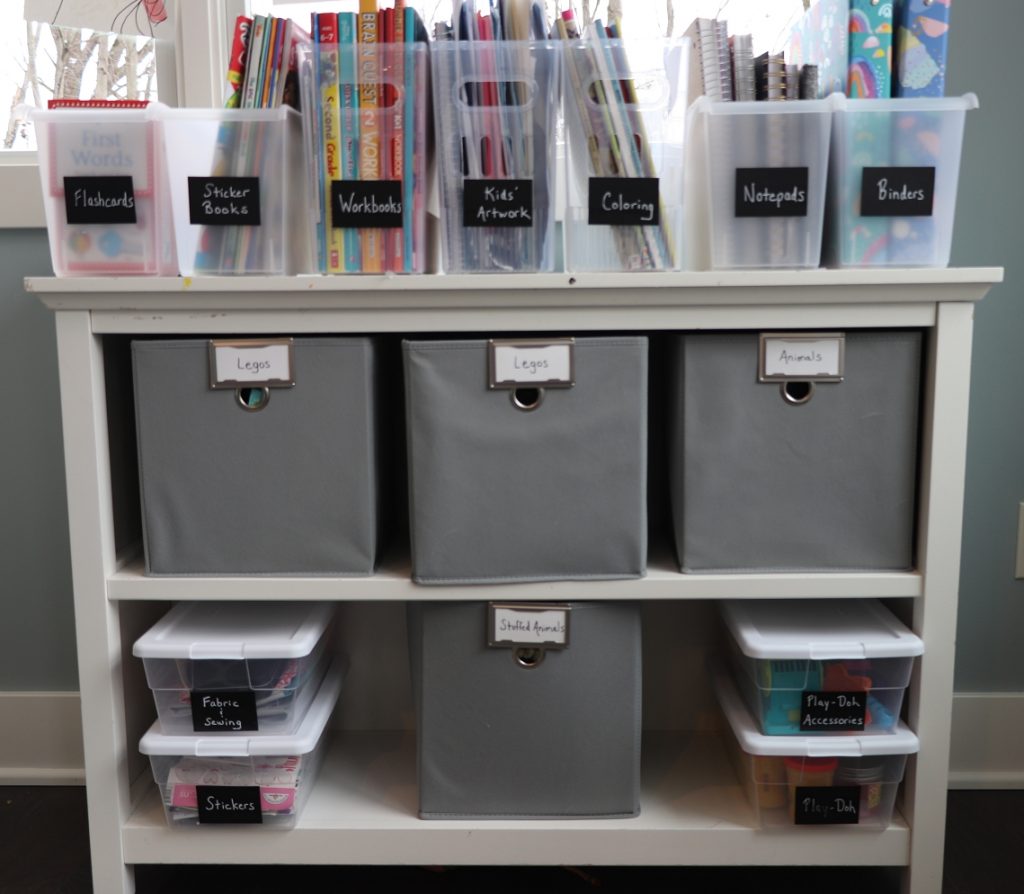Even though the discipline has been around for awhile, professional organizing may be new to you. If you’ve ever considered hiring an organizer, there are some important questions to ask. Any time you’re making an investment and hiring a pro, you want to ensure you’ve found a good match. See below for questions to ask an organizer, along with explanations. If you want the Cliffs Notes version of questions only sent directly to you, provide your email here:
1. Do you have a website?
It’s not necessarily a red flag if someone doesn’t have a website. They can still have a legitimate business. But, on the other hand, a professional website does indicate the organizer is treating organizing seriously, and likely has references to share. Most importantly, a website allows potential clients to see examples of their work, and learn about services offered, process, and pricing.



2. Do you have examples of your work?
An organizer should be able to show pictures of what they’ve done. This helps you to get a sense of their style and quality of work.
3. Do I need to be involved in the organizing?
This is great to know so childcare can be arranged, if needed, and sessions can be scheduled for a time when you are available. My answer to this question is…it depends. For areas such as pantries, I work independently. For areas that require decluttering and editing down, those are decisions clients need to make. So, a client and organizer often work together.
4. How long will the process take?
Many organizers provide an hourly rate, and hours accrue until the space is completed. An organizer may provide you with a range of hours so you can get a sense of the scope. Ask if there is a minimum number of hours.
5. How much will this cost?
There are several factors that affect how long organizing can take, which makes it unusual for organizers to offer traditional quotes. And, it’s not done with the wave of a magic wand, despite what organizing reality shows portray…there’s a process! The more an organizer can understand your goals and spaces, the better they’ll be able to give you an estimate of cost. Ask if there are any volume price breaks or other discounts/promos.
6. Do you offer complimentary consultations?
This is an opportunity for the organizer to see your space and understand your goals. Not everyone offers this, but some do, so it’s worth asking!
7. How is payment handled?



Some organizers ask for pre-payment to cover any out of pocket expenses such as product.
8. Should I clean up before you arrive?
Most organizers will prefer to see your spaces in their “usual” states. But, on a related note, when a client tackles some decluttering prior to a session, they can save some money, as it leaves less for the organizer to do.
9. Will you share my name/pics of my home?
My work is confidential, and photos only shared with client permission.



10. Will I need to get rid of things?
Organizers can offer an outside perspective, but it would be a red flag if anyone pressures you or requires you to part with something that you’re not on board with!
11. Will you help with donation removal?
Included in their rate, organizers often load up their car to bring donations to a center.
12. What is your process the day of an organizing session?
Since organizing is a new concept to a lot of people, it’s important for an organizer to partner with their clients and let them know what to expect.
13. Should I purchase products/containers ahead of time?
Organizers all handle product differently, and could potentially use what you have or shop for you.
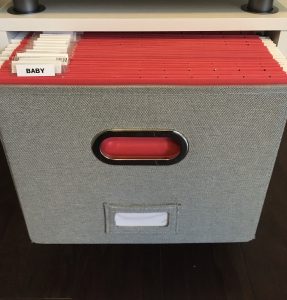


Watch outs:
There aren’t necessarily right or wrong answers to many of the above. But, these answers will give an indication of whether that organizer is a good fit for you. After all, they’ll be in your home, handling your personal items, and trust and rapport are very important.
Trust your gut. If an organizer is rushing through these questions or pressuring you to schedule or pay, try someone else. There will be someone out there for you. Many organizers also offer virtual sessions, so even if they’re not in your area, you can benefit from their expertise.

